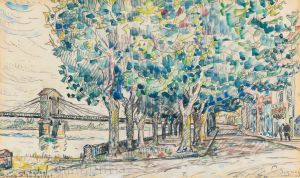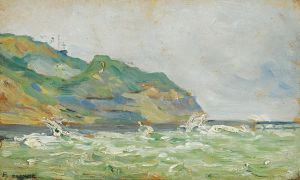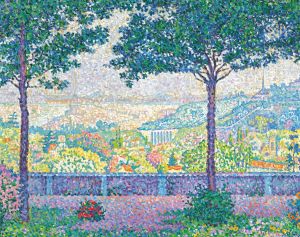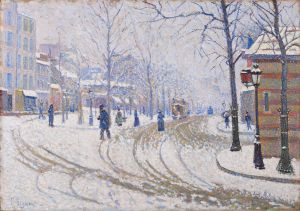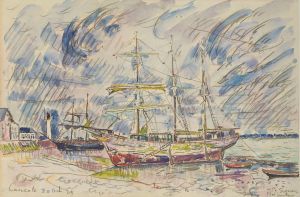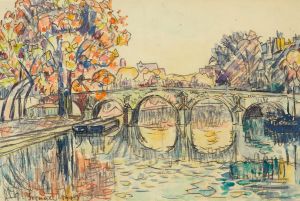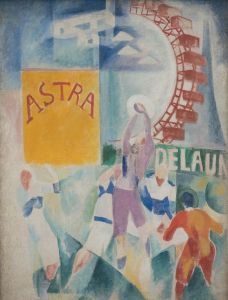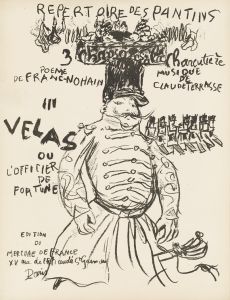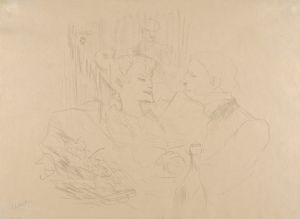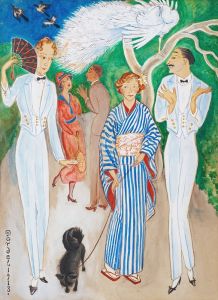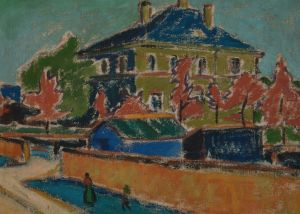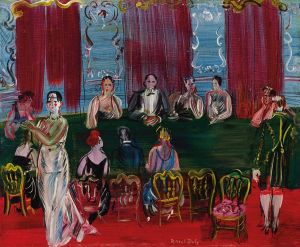
La Charité Sur Loire
A hand-painted replica of Paul Signac’s masterpiece La Charité Sur Loire, meticulously crafted by professional artists to capture the true essence of the original. Each piece is created with museum-quality canvas and rare mineral pigments, carefully painted by experienced artists with delicate brushstrokes and rich, layered colors to perfectly recreate the texture of the original artwork. Unlike machine-printed reproductions, this hand-painted version brings the painting to life, infused with the artist’s emotions and skill in every stroke. Whether for personal collection or home decoration, it instantly elevates the artistic atmosphere of any space.
Paul Signac's painting "La Charité-sur-Loire" is a notable example of his work in the Pointillist style, a technique that involves applying small, distinct dots of color to form an image. Signac, a French Neo-Impressionist painter, was a key figure in the development of this technique, which was pioneered by Georges Seurat. Born in Paris in 1863, Signac was initially influenced by the Impressionists but later became a leading advocate for the Neo-Impressionist movement, which sought to bring a more scientific approach to color and composition.
"La Charité-sur-Loire" depicts the picturesque town of La Charité-sur-Loire, located in the Nièvre department in central France. The town is known for its historical significance and its beautiful Romanesque architecture, particularly the Church of Notre-Dame, which is a UNESCO World Heritage Site. Signac's painting captures the serene and idyllic atmosphere of the town, with its harmonious blend of natural and architectural elements.
In this work, Signac employs the Pointillist technique to great effect, using small dots of pure color that blend optically to create a luminous and vibrant scene. This method allows for a greater intensity of color and a shimmering effect that is characteristic of Signac's style. The painting reflects Signac's interest in the interplay of light and color, as well as his fascination with the beauty of the French landscape.
Signac's choice of subject matter in "La Charité-sur-Loire" is indicative of his broader artistic interests. He was known for his love of the sea and rivers, often depicting ports, harbors, and waterways in his work. This painting is part of a series of works that explore the theme of water and its reflective qualities, showcasing Signac's ability to capture the essence of a place through his meticulous technique.
Throughout his career, Signac was deeply influenced by scientific theories of color and perception, particularly those of Michel Eugène Chevreul and Charles Henry. These theories informed his approach to painting, leading him to experiment with color contrasts and the optical mixing of hues. "La Charité-sur-Loire" exemplifies these principles, with its careful arrangement of colors that create a sense of depth and movement.
Signac's contributions to the Neo-Impressionist movement were significant, and his work had a lasting impact on the development of modern art. He was a mentor to many younger artists, including Henri Matisse and André Derain, and his ideas about color and technique influenced the Fauvist movement. "La Charité-sur-Loire" remains an important example of Signac's artistic vision and his commitment to exploring the possibilities of color and form.
In summary, "La Charité-sur-Loire" by Paul Signac is a masterful representation of the Pointillist technique and a testament to the artist's skill in capturing the beauty of the French landscape. Through his innovative use of color and light, Signac creates a vibrant and harmonious scene that continues to captivate viewers and art enthusiasts alike.





